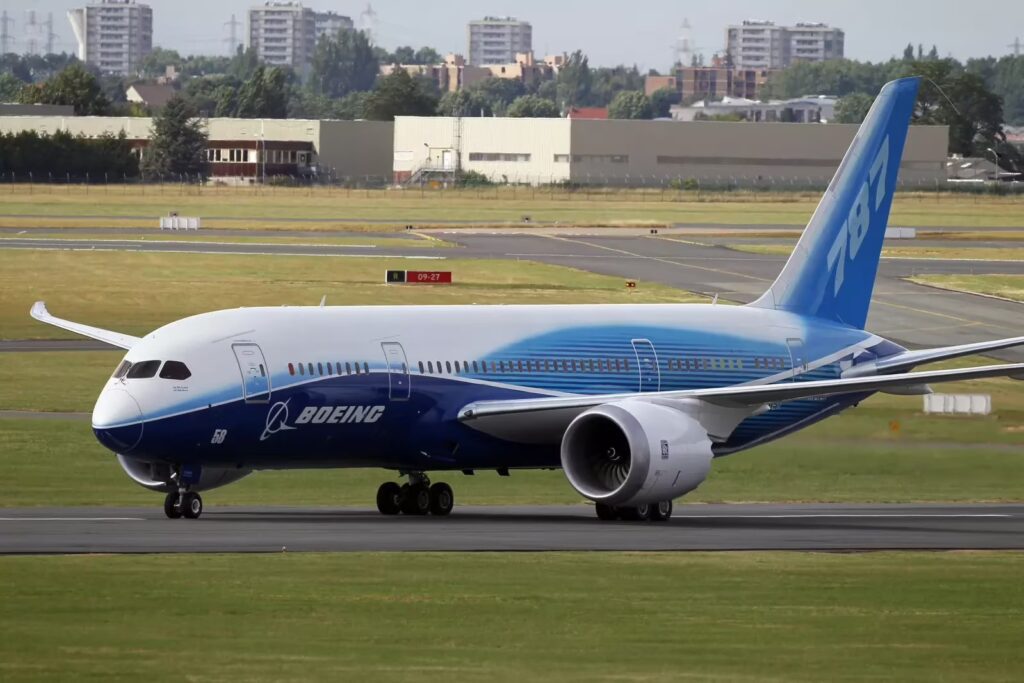Families of four victims of the tragic crash of Air India Flight 171 have filed a lawsuit in Delaware Superior Court against Boeing and Honeywell, claiming negligence. The lawsuit claims defective fuel cut-off switches led to the crash shortly after takeoff from Ahmedabad on its scheduled flight to London. The crash took place June 12 and killed 260 passengers, crew, and people on the ground.
Fuel Switch Design and Maintenance Issues

The lawsuit references a 2018 advisory issued by the Federal Aviation Administration (FAA), which suggested (but did not require) airlines inspect the locking mechanisms on fuel cutoff switches on several Boeing aircraft, including the 787 Dreamliner. The families said this advisory should have led the airline and the manufacturers to take action, particularly since the switches presented a risk of inadvertent activation.
Preliminary reports from the Aircraft Accident Investigation Bureau (India) show that Air India did not conduct the recommended inspections. Records show the throttle control module, where the fuel switches are located, was replaced two times in a few years, once in 2019 and again in 2023. The report concluded that the crew performed the actions in accordance with all existing bulletins and directives required.
Highlighted in a cockpit voice recorder was a critical point where it is suggested that the captain turned the fuel switches to shut off the fuel flow to the engines, just before the crash. The lawsuit states the switches were placed in a manner that was prone to unintentional use or activation when conducting normal operations in the flight deck. Plaintiffs maintain that the configuration of these switches created a situation in which normal actions by pilots could lead to the unintended shutdown of engines.
Legal Strategy and Larger Implications
Boeing declined to comment, and Honeywell has not yet issued a formal response. Although some aviation safety experts say the design of the switch likely prevents its accidental use, the family members have a different viewpoint and say the positioning of the switch and lack of any avoidance measures contributed to the crash.
The tort is asking for damages, unspecified to the deaths of Kantaben Dhirubhai Paghadal, Naavya Chirag Paghadal, Kuberbhai Patel and Babiben Patel, who were passengers and perished among the 229 passengers that died. The crash also killed 12 crew members and 19 others on the ground from non-passengers. Only one passenger survived. Plaintiffs are either from India or the United Kingdom.
While the Indian investigators, so far, cleared Boeing and GE aerospace for any part of the culpability, many family members believe the focus has been unfairly placed on pilot error. Many critics suggest investigators and media downplayed systemic or mechanical failures.
Legal scholars noted that civil torts against manufacturers are common in aircraft accidents as international liability schemes give airline companies an absolution. By suing in the United States, plaintiffs potentially are able to take advantage of different court systems that are believed to favor victims of aviation accidents over others.





